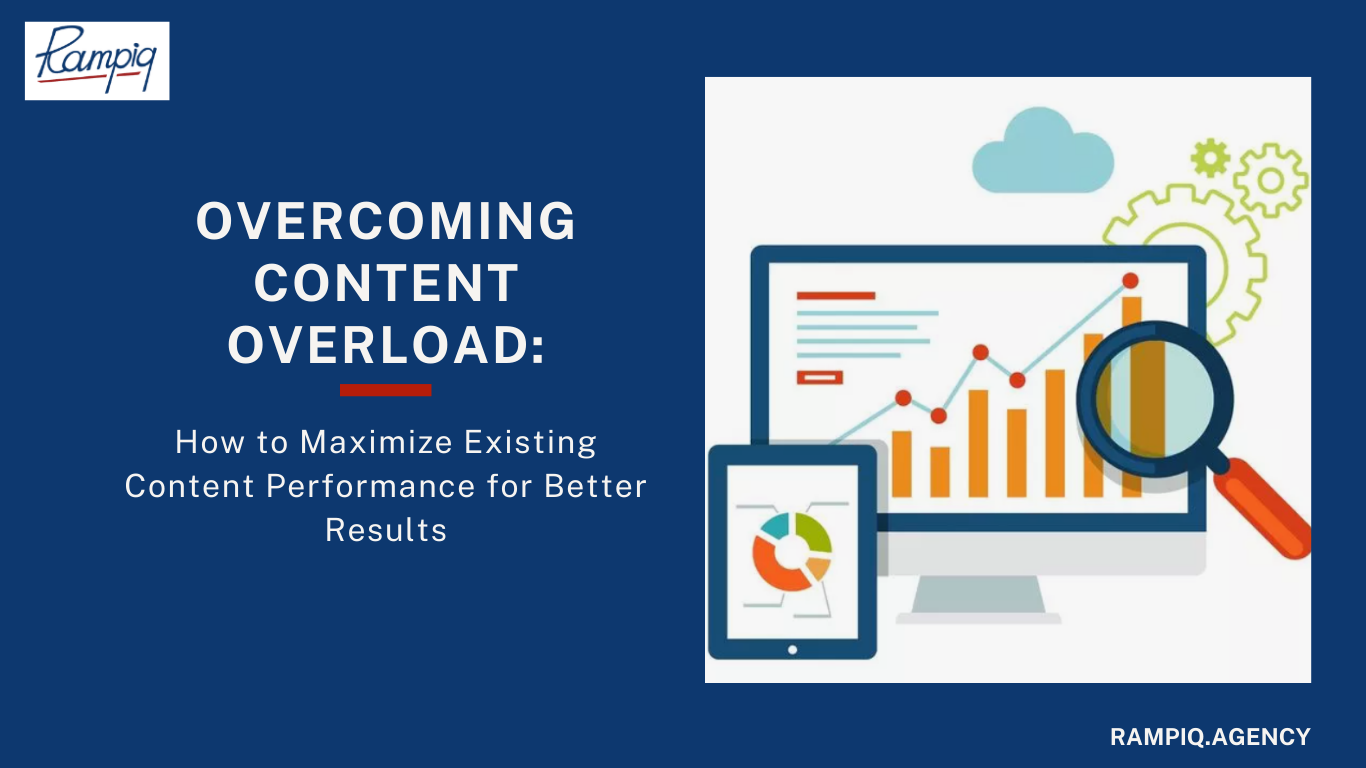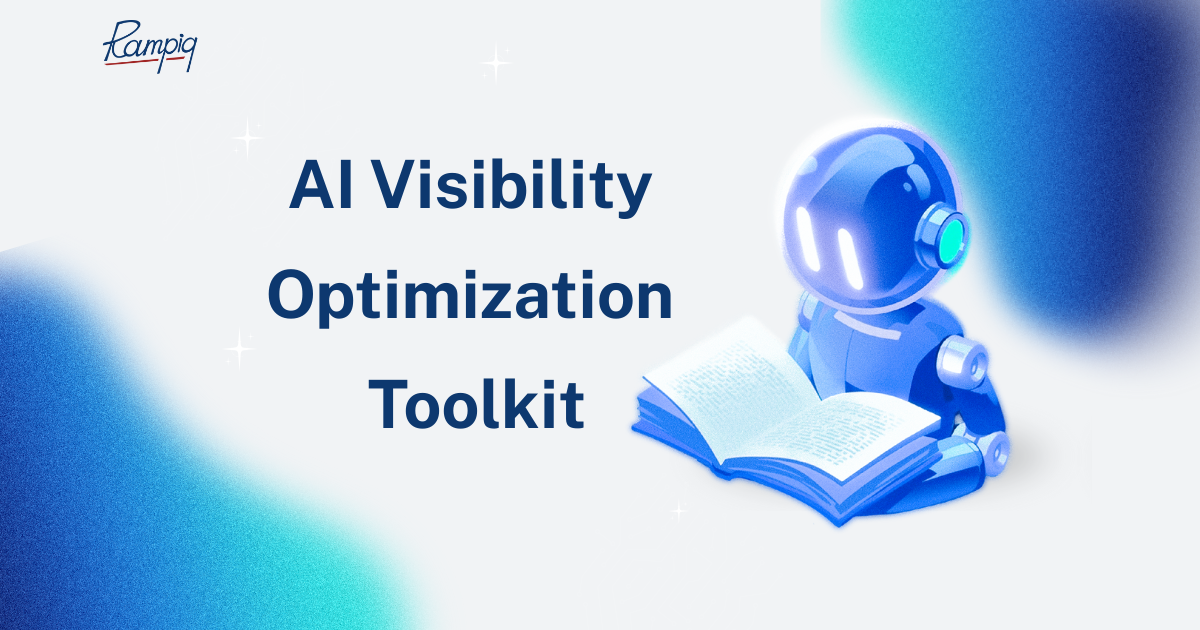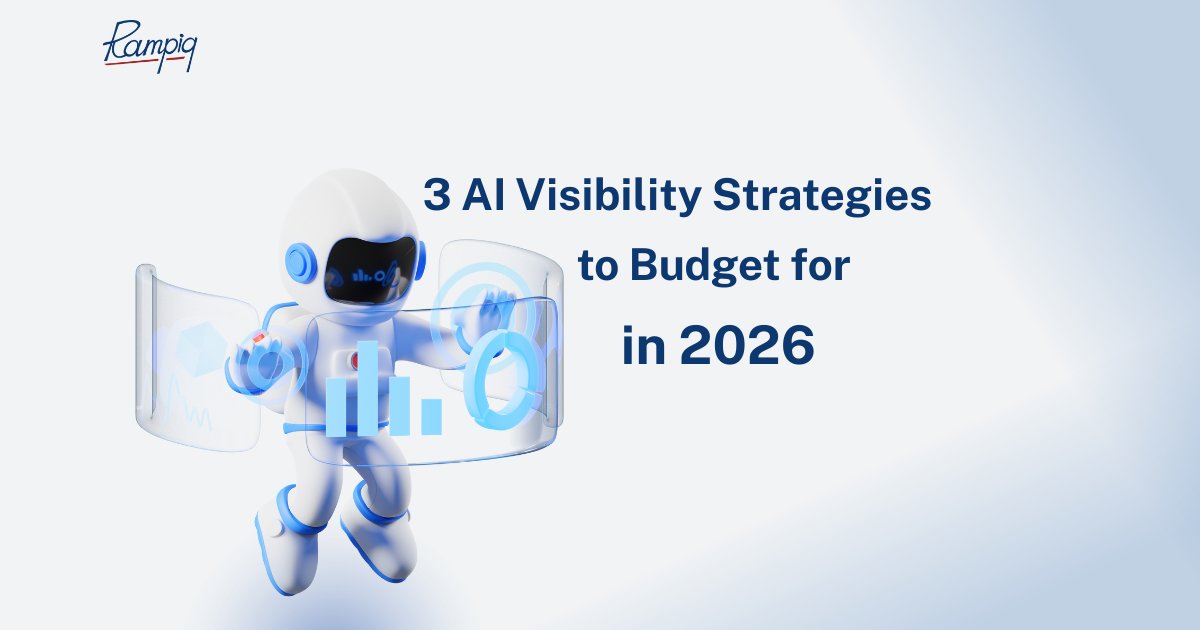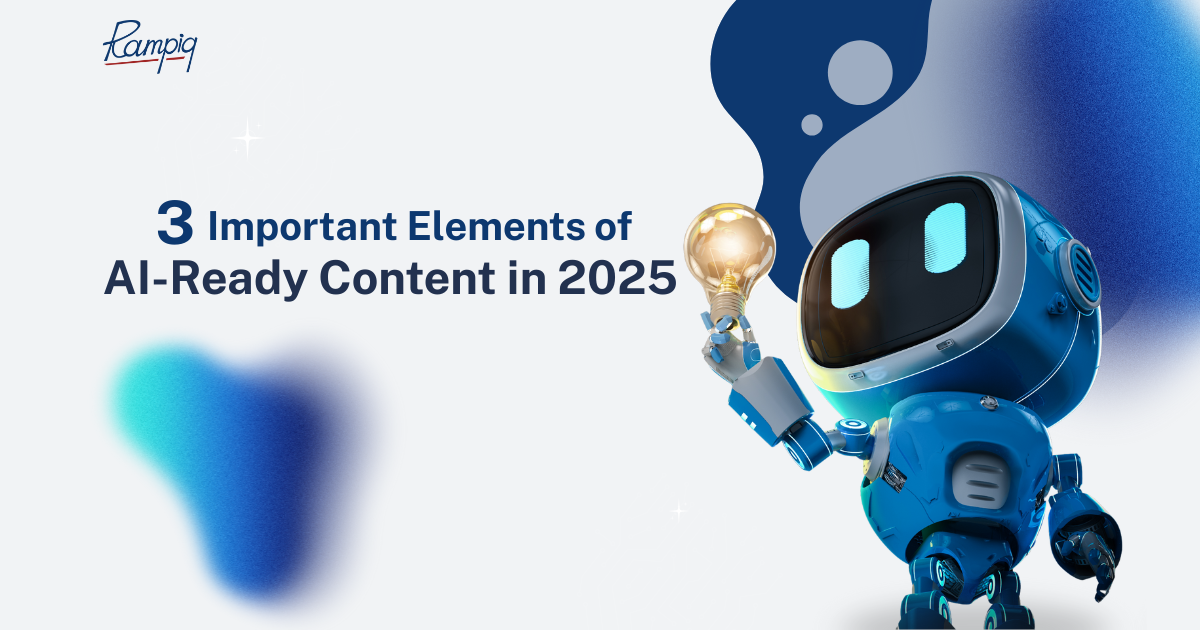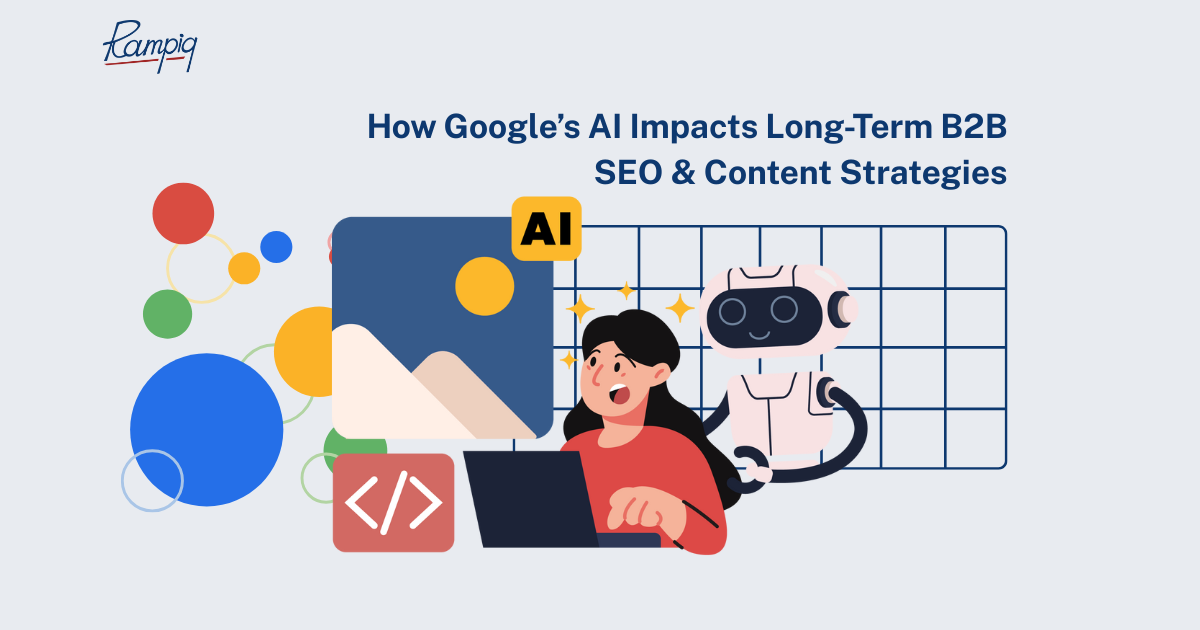What is Content Overload?
Content overload refers to the growing pile of content on your platforms that, over time, becomes ineffective. Its consequences?
- Your older content is outdated or irrelevant.
- Search engines have difficulty determining which of your pages are most valuable.
- Similar topics are covered across multiple pieces, diluting your message.
- Your best insights are buried under layers of less impactful material.
- Your audience struggles to find the most relevant information.
Your marketing team might be stretched thin, trying to churn out social media posts, articles, and case studies as fast as they can.
But they don’t have to be. Good content is not just about volume – it’s also about quality and effectiveness.
You need to step back and ask, “Is all this content actually driving results?”
Often, all that’s missing is an important piece of content strategy that could transform their efforts and results: content optimization.
Conducting a Content Audit
A content audit boosts the ROI of your content optimization efforts by directing your resources to where they’ll have the most impact.
This targeted approach maximizes results — generating more traffic, increasing audience engagement, and improving conversion rates.
The most critical areas evaluated are:
- Underperforming content: These are the pieces that aren’t pulling their weight – be it low traffic, poor engagement, or minimal conversions. They either need changes or can be discarded entirely.
- Key traffic drivers: This is the content that brings in visitors and keeps them engaged – your best performers. Understanding why these pieces work helps replicate their success.
- Pages with optimization issues: Sometimes, great content gets buried due to technical issues. Slow load times, broken links, or poor mobile optimization all harm your content’s performance.
- Content organization and internal linking: Your content should flow seamlessly guiding visitors from one relevant piece to another. This includes using internal linking strategies, such as a pillar-cluster structure, where a central “pillar” page links to related “cluster” content, which further helps with SEO and increasing page visibility.
- Content gaps: Research the topics or areas where you can create new, meaningful content that fills gaps in your audience’s needs.
The goal isn’t just to gather data – it’s to convert these into insights that inform content optimization strategies. The benefits of taking action far outweigh the costs.
Regular content audits ensure that no content is wasted or, worse, dragging you down.
Make Existing Content Work Harder
We’ll run a content audit, prune dead weight, and prioritize updates that bring traffic and leads back to your current library.
Strategies to Maximize Results from Existing Content
Existing content may have the potential for higher page traffic, engagement, and, ultimately, conversions.
The following content optimization strategies help achieve that potential.
1. Repurpose Content with Purpose
Content repurposing takes existing content assets and treats them like a resource, which can spring new ones.
It transforms existing assets into new formats, reaching broader audiences and extending their lifespan.
For example:
- A well-researched white paper could be broken down into a series of blog posts, each tackling a specific aspect of the topic.
- A webinar recording could be edited into shorter, snackable videos for social media.
- Customer case studies could be turned into interactive decision trees that guide potential clients through scenarios that mirror successful customer journeys.
Content repurposing must be done with due attention to fit different platforms, audiences, and modes of consumption.
2. Update and Refresh Content
Information often becomes rapidly outdated, trends shift, and best practices change.
That’s why content needs to be revisited and refreshed regularly. However, updating doesn’t necessarily mean a complete overhaul.
It just needs to be strategic and specific. Winning content recycling tactics include:
- Reviewing and revising statistics and data to ensure accuracy.
- Adding new insights or examples to keep content current.
- Updating internal and external links to ensure they’re still relevant and functional.
- Improving readability by breaking up long paragraphs, adding subheadings, and using bullet points.
- Content optimization in SEO to add relevant keywords and meta descriptions.
- Collaborative updates to popular pieces with industry peers or clients to bring in new audiences and increase backlinks.
- Adding an FAQ section marked up with the appropriate Schema.org tags to attract search engine attention.
Fresh content builds trust and credibility, as well as increasing your visibility in Search Engine Results Pages (SERPs).
3. Consolidate Content
A content audit might reveal you have multiple pieces covering similar topics or themes. Consolidating them into a single, comprehensive resource makes them more useful.
Consolidating content includes:
- Creating ‘Ultimate Guides’: Multiple similar blogs can be combined into “Ultimate Guides” on broader themes and topics. If the individual blogs explore specific areas in the broader theme, they can be kept as a resource for those looking to dive deeper.
- Developing content hubs: Filters allow users to sort content by format or topic, helping them navigate your blogs with ease and find answers to their specific pain points.
- Cross-pollinating content: Consolidation is not just about written content. Pieces become richer by adding relevant podcasts, videos, or webinars to them.
These practices improve user experience, enhance SEO, and reduce content clutter
4. On-Page SEO
On-page SEO is the foundation of your content’s visibility in SERPs. Website content optimization should include monthly or even daily SEO tasks.
Critical practices include:
- Keyword optimization: Researching and incorporating relevant keywords throughout your content, including in titles, headings, and body text.
- Meta tag optimization: Testing and perfecting title tags and meta descriptions that entice users to click while accurately reflecting your content.
- Internal linking: Creating a logical internal linking structure that guides users along the most engaging and conversion-friendly routes. This also helps search engines understand the relationship between your pages.
- Image optimization: Ensuring images are properly formatted, compressed, and labeled with descriptive alt text for accessibility.
Content Optimization Goals
Content optimization practices can become shapeless and never-ending without concrete goals in mind.
Every piece of content you publish should drive real, measurable results for your business — more leads, conversions, and better brand authority.
Get More Leads
At the end of the day, your content needs to do more than inform — it needs to convert.
Content optimization for lead generation includes:
- Crafting compelling calls-to-action (CTAs): Each piece of content should have a clear, relevant CTA that guides readers toward the next step in your funnel.
- Optimizing landing pages: Your landing pages are where the magic happens. Clear value propositions, streamlined forms, and persuasive copy help optimize landing pages.
- Extra content: Additional, higher-value content can be offered in exchange for contact information. This could involve case studies, detailed guides, or templates.
More Organic Search Traffic
Organic search remains one of the most valuable sources of website visitors.
According to a survey of more than 450,000 businesses, 88% of B2B sites are found through unbranded search.
Here’s what should be perfected:
- Keyword research: Online tools can identify high-volume, relevant keywords for which your content can rank.
- On-page element optimization: Title tags, meta descriptions, headers, and the content body can all be optimized for target keywords.
- Content quality and depth: Google favors comprehensive, authoritative content. Your content should be the best resource in your subject area.
Content optimization in SEO goes hand-in-hand with content quality.
Google reports that its E-E-A-T framework (Experience, Expertise, Authoritativeness, and Trustworthiness) plays a big role in website rankings.
Your SEO should support your content in performing well on these factors.
Optimizing for AI Searches and SERP features
Search is constantly evolving, so your existing content optimization strategies need to keep up.
Here’s what the best content optimization strategies do to keep you ahead:
- Structure content for featured snippets: Use clear, concise formats like bullet points or numbered lists to increase your chances of being featured.
- Implement schema markup: It helps search engines understand your content better, potentially leading to rich results in SERPs.
With recent advancements in AI, your strategy also needs to consider AI searches and how to optimize content for them.
Traditional search engines primarily focus on factors we have already discussed. While these are still relevant, Large Language Models (LLMs) can understand more nuanced contexts of a search query.
Earlier, a search focused more on exact keyword matches. Now, users can ask AI for information in the same way they would ask a human, such as by asking questions and making statements.
LLMs can understand the intent behind the search query and find the appropriate resource, even without matching keywords.
This increases the need for high-quality, in-depth content which caters to natural language queries.
Optimizing Media Files (Images and Video)
Optimizing media files improves both user experience and SEO. Making visual content more impactful includes:
- Using descriptive file names and alt text for images.
- Compressing images to improve page load speed.
- Creating video transcripts to make your video content searchable.
- Using engaging thumbnails for videos to improve click-through rates.
Enhanced Engagement
Engaged readers are more likely to convert.
One survey shows interactive content generates conversions moderately or very well 70% of the time, compared to just 36% for passive content.
Interactive content includes apps, assessments, calculators, configurators, and quizzes.
Other methods for increasing engagement include:
- Improving readability: Short paragraphs, subheadings, and bullet points make content easy to scan.
- Using internal linking: Guiding readers to related, useful content keeps them on your site longer.
Improve Click-Through-Rate (CTR)
High-quality, optimized content is important for users — but half the battle is getting them to read it. In an endless sea of options, they need a compelling reason to choose your content over everyone else’s.
The most basic yet critical method of ensuring that is writing better titles and meta descriptions. These make the first impressions in SERPs, so every word needs to count.
These elements can be optimized by testing different options to see what resonates with your audience. For example, experiment with numbers, power words, or question-based titles.
The other significant method of improving CTR is using rich snippets.
- These are enhanced search results that show extra information directly on Google’s search pages.
- To get your snippets to feature, a special code called schema markup needs to be added to your website. This code tells search engines what your content means, not just what it says.
- For example, it can display star ratings for product reviews, cooking times for recipes, or dates for upcoming events — all right there in the search results.
- This extra information makes your listing stand out and attracts more clicks.
When to Prune Your Content
Sometimes, less can be more!
Content pruning is about strategically removing or consolidating content that’s not serving your goals.
Here’s when to consider pruning:
- Outdated content: If a piece can’t be updated to remain relevant, it might be time to let it go.
- Consistently underperforming pages: If a page has low traffic, engagement, and conversion rates despite optimization efforts, it might be dragging down your site’s overall quality.
- Duplicate or thin content: Multiple pages covering the same topic can eat into each other’s SEO potential. Consolidating might be the best option.
- Content that no longer aligns with your brand: As your business evolves, some older content may no longer represent your current direction.
How to Measure the Impact of Conversion Rate Optimization
The ultimate goal of great content is not just to attract more visitors but to convert them into leads and customers.
After implementing the previously discussed content optimization strategies, you should see an uptick in your conversion rates – whether that’s signing up for a newsletter or making a purchase.
But is this the only way to measure your CRO’s impact?
- Bounce Rate: A lower bounce rate indicates fewer visitors are clicking away from your site quickly, potentially signaling that your CRO is making your site more engaging and relevant.
- Time on Page: Are visitors spending more time on your optimized pages? This suggests they find the content valuable and more likely to convert.
- Click-Through Rate (CTR): A huge part of CRO is fine-tuning your CTAs. If they’re getting more clicks, that means they’re getting better at persuading visitors to take the next step.
- A/B Testing: If trying out a specific change, you can run A/B tests. This involves comparing two versions of a page or an element to see which performs better. This can help choose better CRO strategies.
Content optimization and CRO go hand in hand.
As you refine your content strategy, regularly review these metrics to keep guiding your audience through your conversion funnel effectively.
